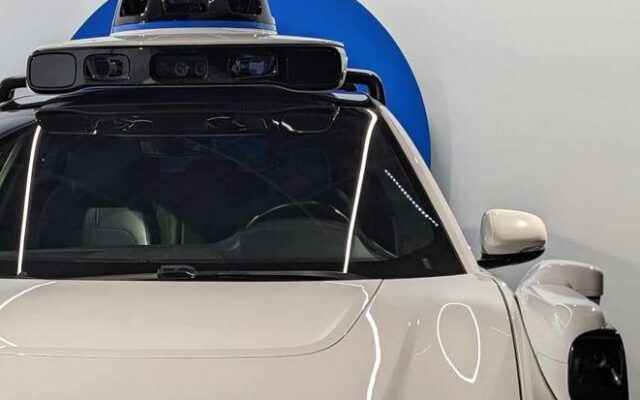



Introduction
In 2020, Jacob Archuleta, a researcher nicknamed Nullze, discovered an important information security vulnerability on the web browser of the Tesla Model 3 automobile. If a user of the car’s boarding computer visits a specific website, the entire touchscreen becomes unusable.
The vulnerability was quickly reported to Tesla in accordance with its bug bounty program. Tesla pays bug reporters between $100 and $15,000 for each reported cyberthreat. In February 2020, Tesla quickly addressed the reported bug by releasing a software update version 2020.4.10. Users of Tesla vehicles had the opportunity to install the update immediately or delay the installation for later.
The purpose of this article is to examine the vulnerability discovered by Nullze and provide recommendations on how to protect Tesla cars against similar vulnerabilities.
Interested in another course? Check out our course page. We offer a wide range of high-quality courses spread across 15 vendors and 80+ certifications.




